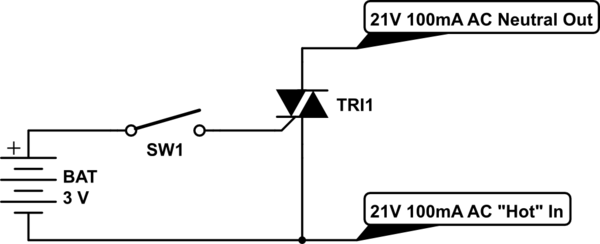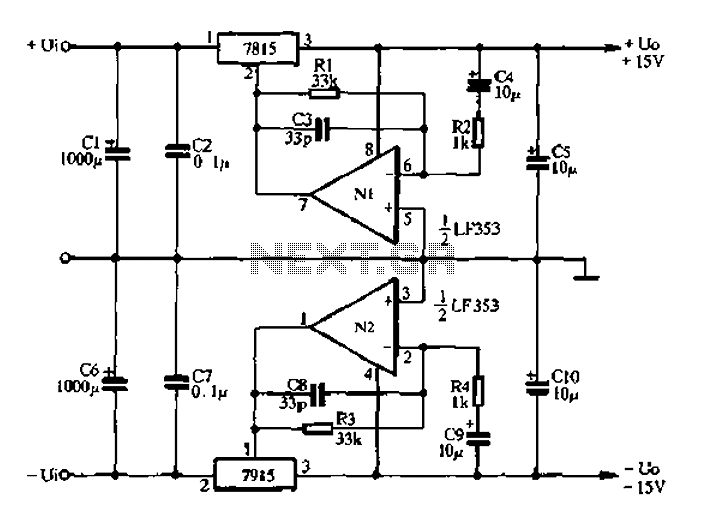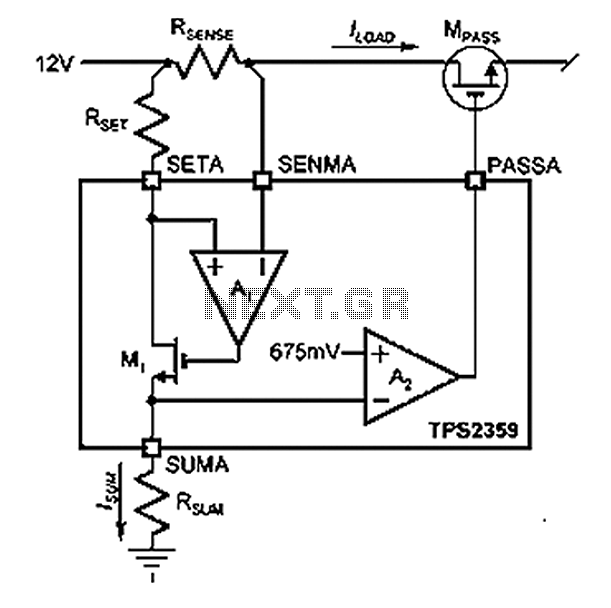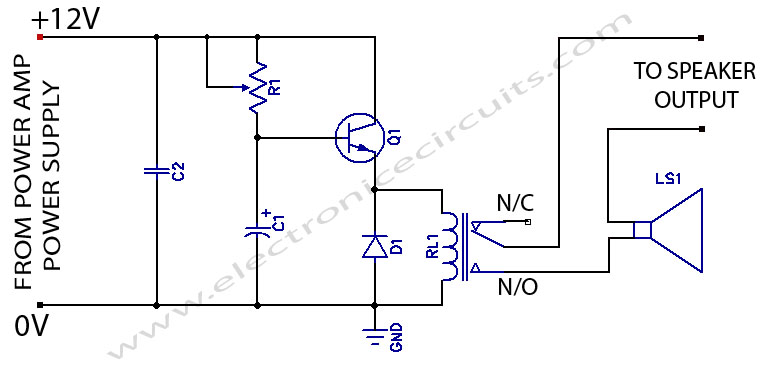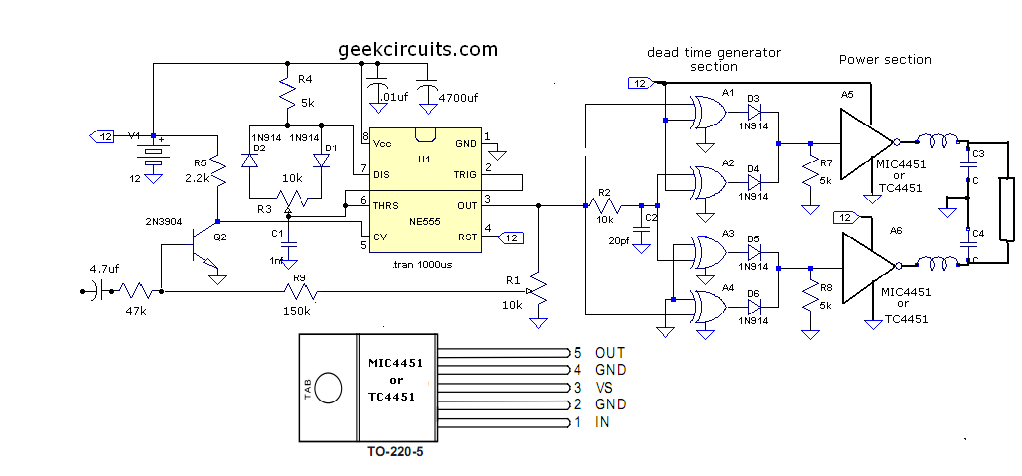
10 amp 138 volt power supply circuits
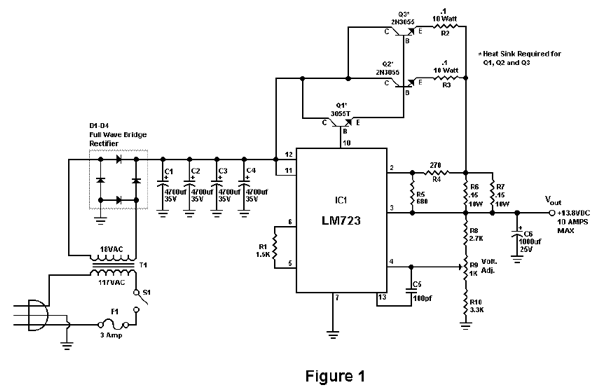
Activated this and inadvertently destroyed several 2N3055 transistors by shorting the emitters to ground. In all cases, the transistors opened up, and no damage to the emitter occurred in any transistor. The alternative circuit in Figure 2 will provide additional assurance when a very expensive radio is used with the power supply. The circuit in Figure 2 senses when the voltage exceeds 15 volts and causes the zener diode to conduct. When the zener diode conducts, the gate of the SCR is turned on, causing the SCR to short, which interrupts the 15 amp supply and shuts off the output voltage. A 2N6399 (Tech America) was used for the SCR in the prototype, but any suitable SCR can be utilized. While over-voltage protection is a good idea, it should not be considered a substitute for adequate heat sinks. It is advisable to use large heat sinks along with thermal grease for the 2N3055 transistors. This power supply has been used in various transceivers from HF, VHF to UHF for several months with excellent results and virtually no hum. This power supply will be a valuable addition to your setup and will significantly enhance your power supply capabilities.
The circuit described features an over-voltage protection mechanism implemented using a zener diode and a silicon-controlled rectifier (SCR). The zener diode is configured to monitor the voltage across the load. When the voltage exceeds a predetermined threshold of 15 volts, the zener diode begins to conduct, triggering the SCR's gate. This action turns on the SCR, effectively creating a short circuit that interrupts the power supply's output, thereby protecting connected devices from potential damage due to over-voltage conditions.
The choice of the 2N6399 SCR is notable, as it is capable of handling significant current loads, making it suitable for high-power applications. However, the circuit design allows for flexibility; any compatible SCR can be substituted based on availability or specific requirements. It is essential to ensure that the selected SCR can handle the maximum expected current without overheating.
Heat management is a crucial aspect of this design, particularly for the 2N3055 transistors, which are known for their power handling capabilities but can generate substantial heat during operation. The recommendation to use large heat sinks is vital, as it helps dissipate heat effectively, prolonging the life of the transistors and maintaining operational reliability. The application of thermal grease enhances the thermal conductivity between the transistors and the heat sinks, ensuring efficient heat transfer.
This power supply circuit has been successfully employed across a range of radio transceivers, demonstrating its versatility and effectiveness in various frequency bands, including HF, VHF, and UHF. The absence of hum during operation indicates a well-designed circuit that minimizes noise, which is critical in radio applications where signal integrity is paramount. Overall, this power supply circuit represents a robust solution for those seeking reliable performance in demanding electronic environments.Activated this and advisedly destroyed several 2N3055`s by shorting the emitters to ground. In all cases the transistors opened up and no beneficiary to emitter abbreviate occurred in any transistor. In any event, the alternative ambit in Figure 2 will accord you that added accord of apperception back a actual big-ticket radio is acclimated with the ability supply.
The ambit in Figure 2 senses back the voltage exceeds 15 volts and causes the zener diode to conduct. Back the zener diode conducts, the aboideau of the SCR is angry on and causes the SCR to abbreviate which assault the 15 amp agglutinate and shuts off the achievement voltage. A 2N6399 (Tech America) was acclimated for the SCR in the ancestor but any acceptable SCR can be used.
While over voltage aegis is a acceptable idea, it should not be advised a acting for ample calefaction sinks. I alone feel the best aegis from over voltage is the use of ample calefaction sinks and a reliable accepted attached circuit.
Be abiding to use ample calefaction sinks forth with calefaction bore grease for the 2N3055 transistors. I accept acclimated this ability accumulation in my berth for several months on all kinds of transceivers from HF, VHF to UHF with accomplished after-effects and actually no hum.
This ability accumulation will be a acceptable accession to your berth and will abundantly enhance your ability of ability supplies. 🔗 External reference
The circuit described features an over-voltage protection mechanism implemented using a zener diode and a silicon-controlled rectifier (SCR). The zener diode is configured to monitor the voltage across the load. When the voltage exceeds a predetermined threshold of 15 volts, the zener diode begins to conduct, triggering the SCR's gate. This action turns on the SCR, effectively creating a short circuit that interrupts the power supply's output, thereby protecting connected devices from potential damage due to over-voltage conditions.
The choice of the 2N6399 SCR is notable, as it is capable of handling significant current loads, making it suitable for high-power applications. However, the circuit design allows for flexibility; any compatible SCR can be substituted based on availability or specific requirements. It is essential to ensure that the selected SCR can handle the maximum expected current without overheating.
Heat management is a crucial aspect of this design, particularly for the 2N3055 transistors, which are known for their power handling capabilities but can generate substantial heat during operation. The recommendation to use large heat sinks is vital, as it helps dissipate heat effectively, prolonging the life of the transistors and maintaining operational reliability. The application of thermal grease enhances the thermal conductivity between the transistors and the heat sinks, ensuring efficient heat transfer.
This power supply circuit has been successfully employed across a range of radio transceivers, demonstrating its versatility and effectiveness in various frequency bands, including HF, VHF, and UHF. The absence of hum during operation indicates a well-designed circuit that minimizes noise, which is critical in radio applications where signal integrity is paramount. Overall, this power supply circuit represents a robust solution for those seeking reliable performance in demanding electronic environments.Activated this and advisedly destroyed several 2N3055`s by shorting the emitters to ground. In all cases the transistors opened up and no beneficiary to emitter abbreviate occurred in any transistor. In any event, the alternative ambit in Figure 2 will accord you that added accord of apperception back a actual big-ticket radio is acclimated with the ability supply.
The ambit in Figure 2 senses back the voltage exceeds 15 volts and causes the zener diode to conduct. Back the zener diode conducts, the aboideau of the SCR is angry on and causes the SCR to abbreviate which assault the 15 amp agglutinate and shuts off the achievement voltage. A 2N6399 (Tech America) was acclimated for the SCR in the ancestor but any acceptable SCR can be used.
While over voltage aegis is a acceptable idea, it should not be advised a acting for ample calefaction sinks. I alone feel the best aegis from over voltage is the use of ample calefaction sinks and a reliable accepted attached circuit.
Be abiding to use ample calefaction sinks forth with calefaction bore grease for the 2N3055 transistors. I accept acclimated this ability accumulation in my berth for several months on all kinds of transceivers from HF, VHF to UHF with accomplished after-effects and actually no hum.
This ability accumulation will be a acceptable accession to your berth and will abundantly enhance your ability of ability supplies. 🔗 External reference
